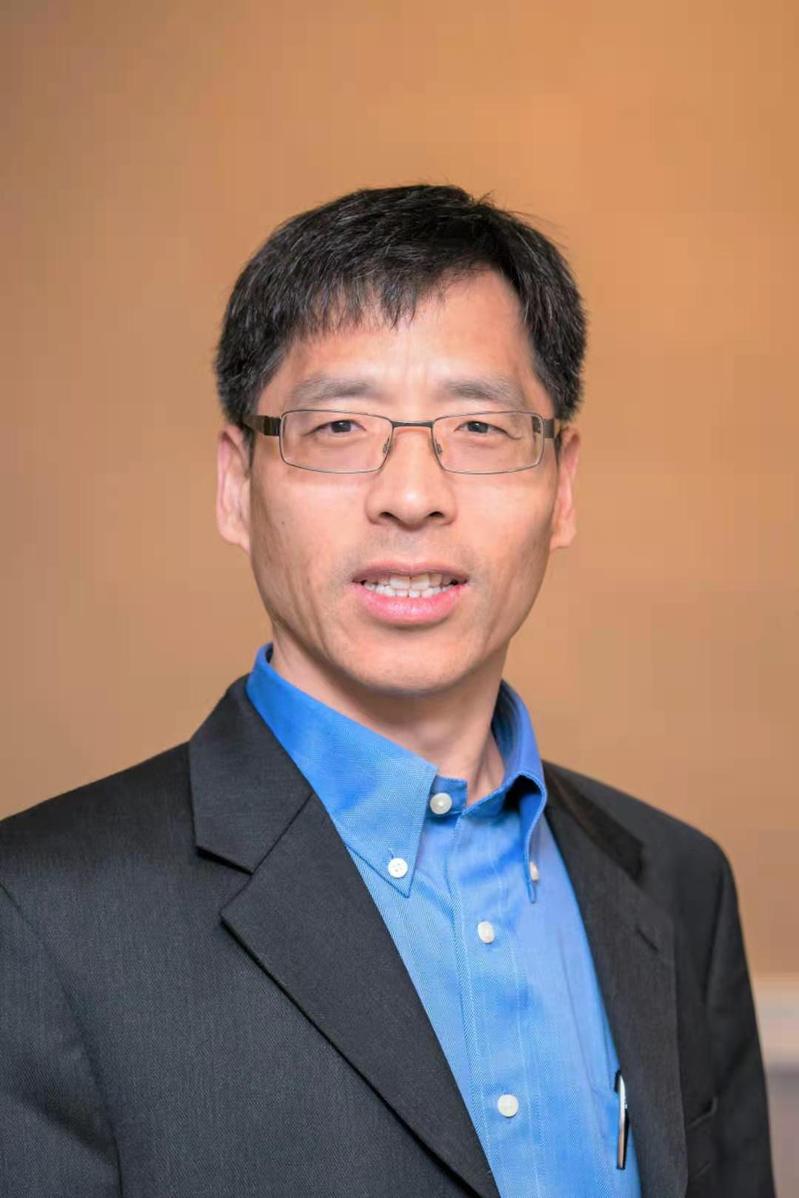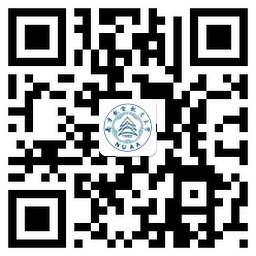報(bào)告題目:Academic Writing for Engineering Publication: Guide for Non-native English Speakers

報(bào)告所屬學(xué)科:管理科學(xué)與工程
報(bào)告人:Zhongchao Tan(加拿大滑鐵盧大學(xué))
報(bào)告時(shí)間:2021年5月11日-2021年6月1日,每周二上午8:30—10:30
報(bào)告地點(diǎn):騰訊會議:444 5818 8376
報(bào)告摘要:
Writing is more than fluent speaking or a good command of grammar, spelling, and punctuation. Writing is a complex task that requires training and practice of many techniques, such as organizing ideas logically, constructing sentences and paragraphs coherently, presenting with appropriate tones, formatting in a stylish manner, and executing in an ethical and professional way. Written communication reveals our intelligence of thinking, ability of using words, level of education, and so forth. Good writers are usually creative people with brilliant ideas, which can help capable writers excel in their career development. Writing skills are important to students’ employability and career advancement. Regardless of your jobs, you might need to write daily. Writing is a great way to extend your voices that conveys your thoughts and ideas to many people in the world. After this training, students can write with clarity and conciseness. They should be able to convey complex technical information in a simple way. Course materials will be presented following writing sequence. It begins with preparation and outline, continues with drafting and revision, and ends with formatting and proofreading. Admittedly, they often relate to each other and overlap without a clear boundary. The following is a brief chart of these three parts:
(1) Ethics and Professionalism
(2) Preparing and Outlining
(3) Drafting (literature review, methodology, results & discussion, conclusions)
(4) Paragraphs
(5) Sentences
(6) Words and Phrases
(7) Punctuation
(8) Finalization (formatting, proofreading and Others)
(9) Other topics upon request
報(bào)告人簡介:
Zhongchao Tan,加拿大滑鐵盧大學(xué)機(jī)械與機(jī)電工程系教授、工程學(xué)院副院長,綠色能源與污染控制實(shí)驗(yàn)室主任、清華大學(xué)-滑鐵盧大學(xué)微納米能源環(huán)境聯(lián)合研究中心執(zhí)行主任,美國機(jī)械工程師學(xué)會(AME)、加拿大化學(xué)工程師學(xué)會(CSME)等眾多組織成員,擔(dān)任《Sustainable Environment Research》和《Nanotechnology for Environmental Engineering》副主編。分別于1996年和1999年在清華大學(xué)獲本科與碩士學(xué)位,后于2004年在美國伊利諾伊大學(xué)厄巴納-香檳分校獲博士學(xué)位。研究領(lǐng)域?yàn)榫G色能源和清潔環(huán)境的過濾和分離技術(shù),發(fā)表著作3部,學(xué)術(shù)論文100余篇,已指導(dǎo)碩士、博士研究生30余名。其專著《Academic Writing for Engineering Publication》在2020年5月27日發(fā)行后,一度在Kindle Store技術(shù)思維與寫作書籍類別中名列Amazon.ca排行榜第一。作為加拿大華裔,在美國和加拿大學(xué)習(xí)和工作了22年之久,非常適合了解東西方語言和文化的差異。




